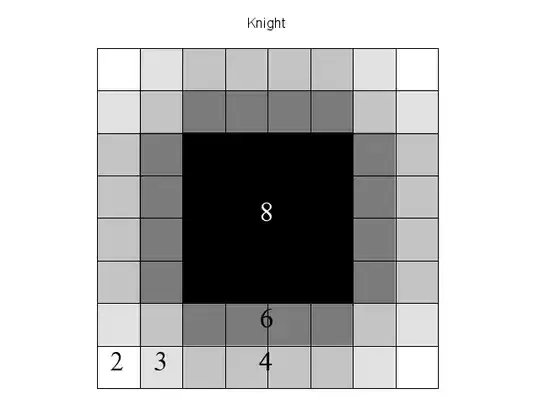To find the degree (or the number of attacked squares), of a square's corresponding vertex for all pieces and their corresponding graphs, given any square of the board. In other words, given a piece and a square - the number of attacked squares by the piece at the given square on an empty board is what the student finds. This is repeated until all squares are examined.
Also, has anyone had the idea to make a 3-D representation for each piece, where each square has a respective height equal to the degree of its' corresponding vertex in the given piece's graph (where the degree is the number of squares attacked by each specific piece at each square)? Of course, the rook's graph representation would be dull, as the graph is regular (ie the number of attacked squares is the same at any square), but all the other pieces, save for the pawn, would give students the visual lesson that the pieces in the center have more options. Not only this, it appeals to an old military adage - to control the high ground - which in these cases is the center, if at all possible.




Just so you know, if you don't already, I was possibly looking to use the material, and was just looking for proper citation. I really do think the exercise is mentioned somewhere, although I can't find where, which leads to the question.
– Paul Burchett Feb 07 '17 at 00:07